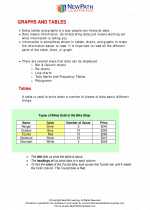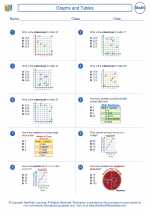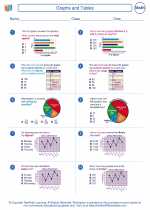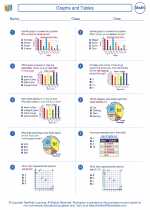Coins Study Guide
Introduction to Coins
Coins are small, flat, round pieces of metal or plastic used as a medium of exchange. They come in various denominations and are used to make purchases, make change, and represent value in monetary transactions.
Types of Coins
There are several types of coins commonly used in currency systems around the world. These may include:
- Penny (1 cent): The smallest denomination coin in the United States.
- Nickel (5 cents): A coin worth 5 cents in the United States.
- Dime (10 cents): A coin worth 10 cents in the United States.
- Quarter (25 cents): A coin worth 25 cents in the United States.
- Half Dollar (50 cents): A coin worth 50 cents in the United States.
- Dollar Coin (1 dollar): A coin worth 1 dollar in the United States.
Identifying and Counting Coins
When identifying and counting coins, it's important to recognize the value of each coin and understand their relationship to one another. Here are some key points to remember:
- The penny is worth 1 cent, the nickel is worth 5 cents, the dime is worth 10 cents, and the quarter is worth 25 cents.
- When counting coins, it's helpful to group them by value and add them up systematically.
- Understanding the relationship between coins is important for making change and solving word problems involving money.
Practice Problems
Here are some practice problems to help reinforce your understanding of coins:
- If you have 3 quarters, 4 dimes, and 2 nickels, how much money do you have in total?
- If you have 6 pennies and 2 quarters, how much money do you have in total?
- If you have a dollar coin, 3 nickels, and 2 dimes, how much money do you have in total?
Conclusion
Understanding coins and their values is an important skill for everyday life. By practicing and familiarizing yourself with different coins and their relationships, you'll be better prepared to handle money and make transactions confidently.
.◂Math Worksheets and Study Guides Fifth Grade. Graphs and Tables

 Worksheet/Answer key
Worksheet/Answer key
 Worksheet/Answer key
Worksheet/Answer key
 Worksheet/Answer key
Worksheet/Answer key
